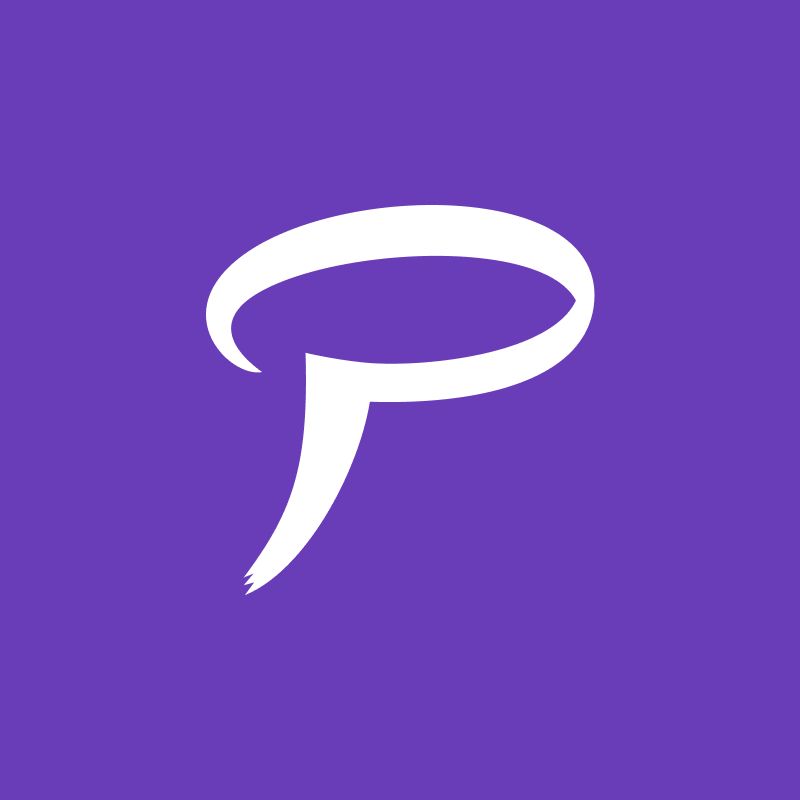815 reads
Here’s How the Team Chat App Pumble Was Built: An Interview With Nikola Bosic VP of Engineering
by
July 9th, 2022
Audio Presented by

We replace email and give you chance to collaborate with your co-workers more efficiently.
About Author
We replace email and give you chance to collaborate with your co-workers more efficiently.